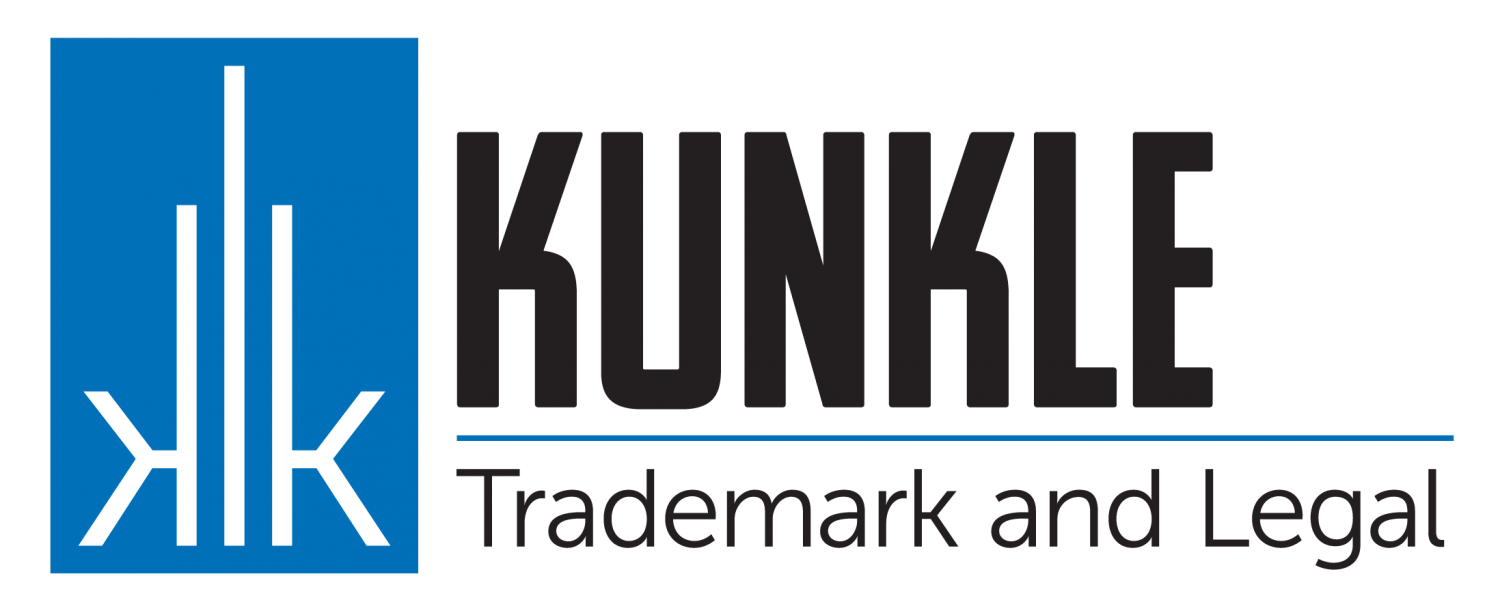What are “Related Goods” for the purpose of evaluating Likelihood of Confusion?
Answer
The leading case on evaluating likelihood of confusion is the 1973 case E. I. DuPont DeNemours & Co. In it, the Court sets out a series of factors to be evaluated when determining likelihood of confusion under § 2(d) of the Lanham Act. One of these factors looks to see if the two marks are used on “related goods” or services or if their marketing activities would result in consumer confusion. If the goods are not related at all, or they are NOT marketed in a way where potential consumers would incorrectly create an assumption that they come from the same source, then, even if the marks are identical, confusion is not likely.

When evaluating whether goods are related goods and precluded from registration, courts have repeatedly noted that the question of relatedness requires a showing that the goods are connected in the minds of the consumer. They, in fact, do not have to be actually related, only that they are likely to be to be connected in the mind of potential consumers. If it is easy to assume that the goods or services are coming from the same source, that is enough for the Trademark Office to find likelihood of confusion.
What can you do?
When looking at a new name, while merely sounding the same isn’t enough to block a registration, keep in mind that if a consumer could reasonably connect the products or services together, then it is enough to find they are related goods. For example, a company might only make frozen french fries, but potential consumers might still assume that a company with a similar name that makes tator-tots is somehow related.
An experienced trademark lawyer can help evaluate a mark and whether a potential conflicting mark has related goods or services – avoiding a costly and obvious rejection from the Trademark Office.
